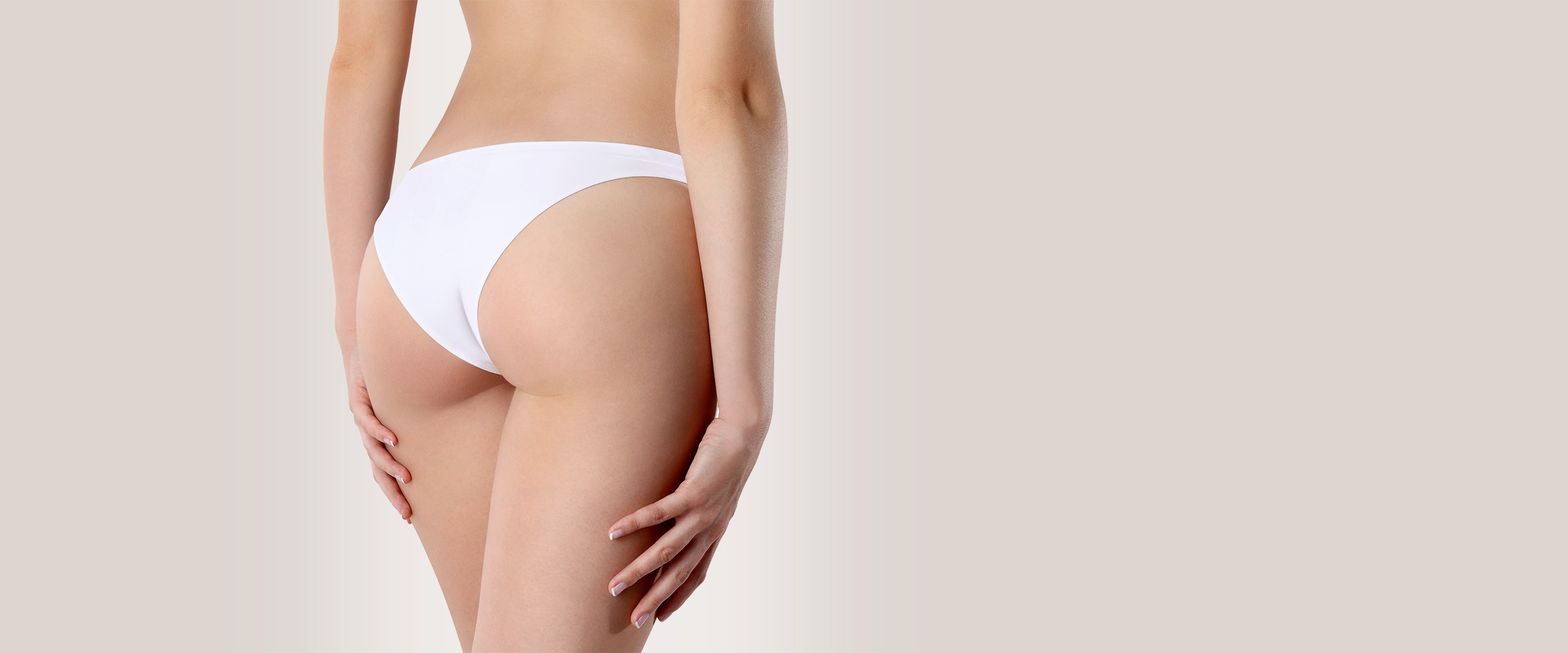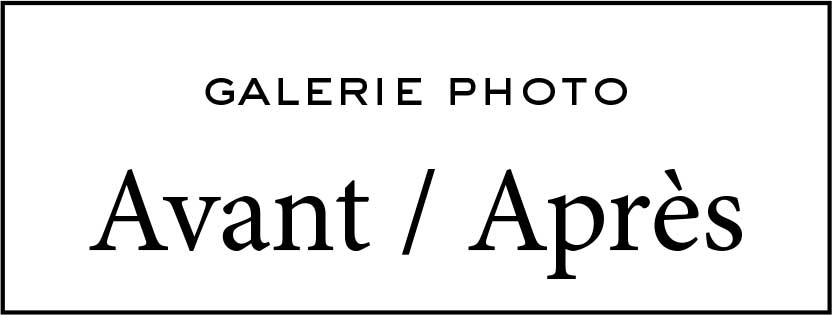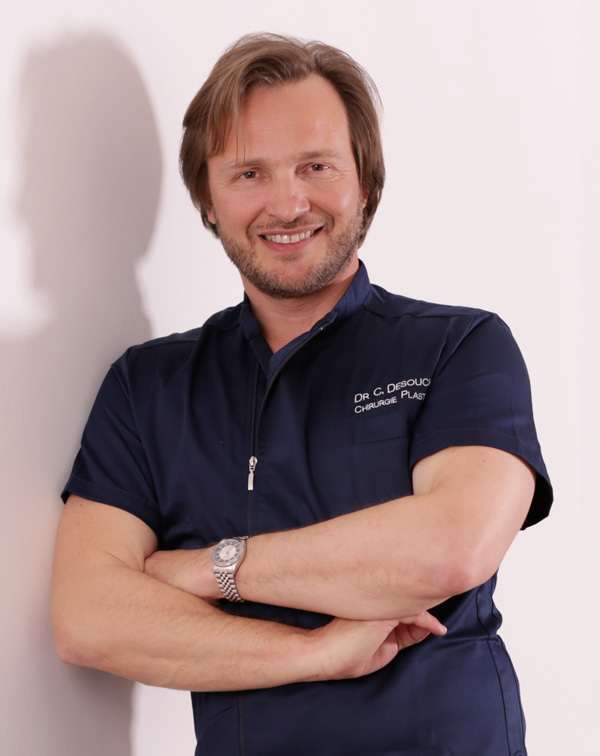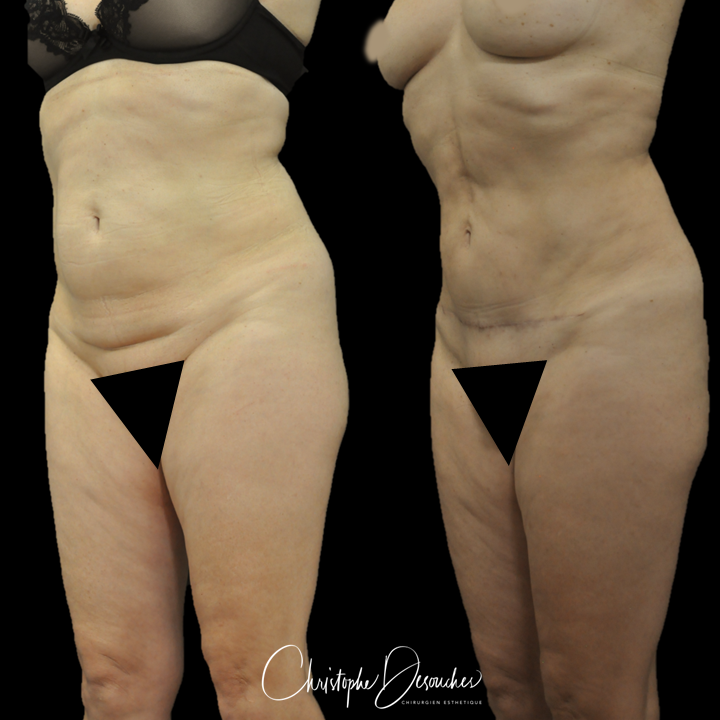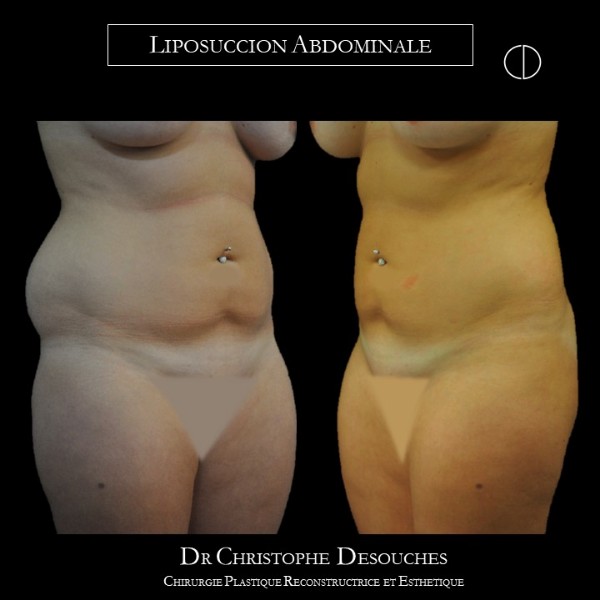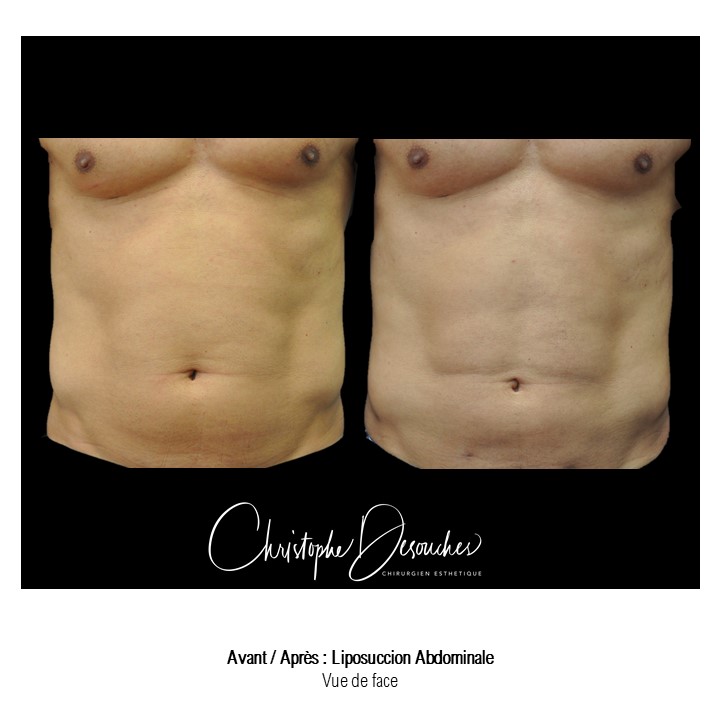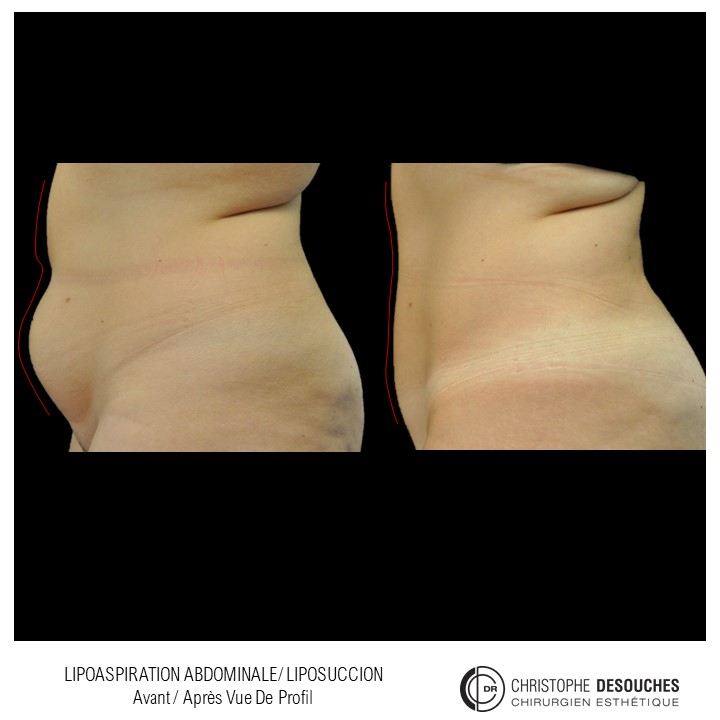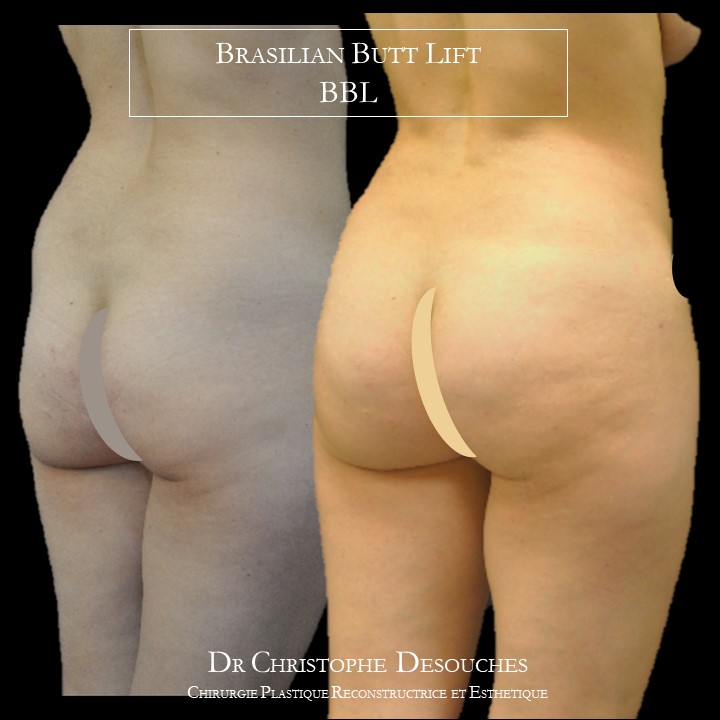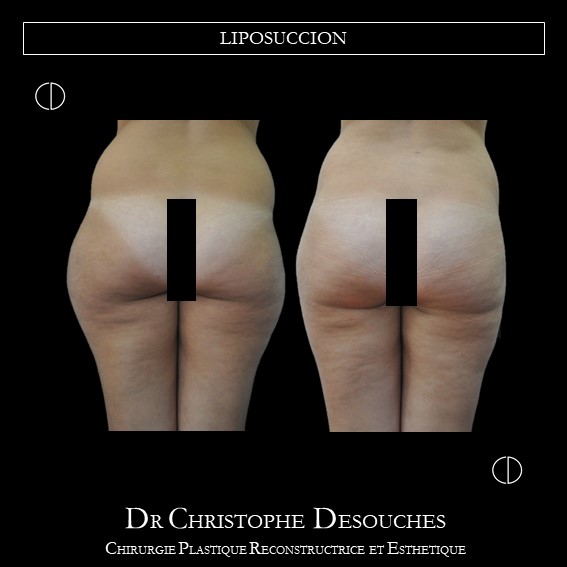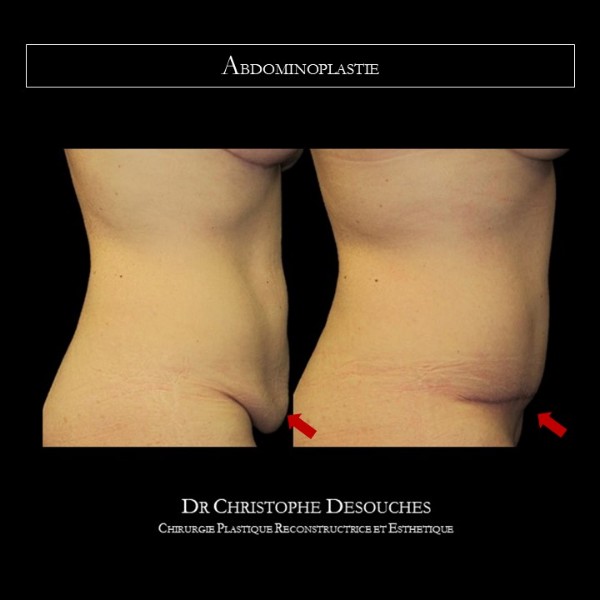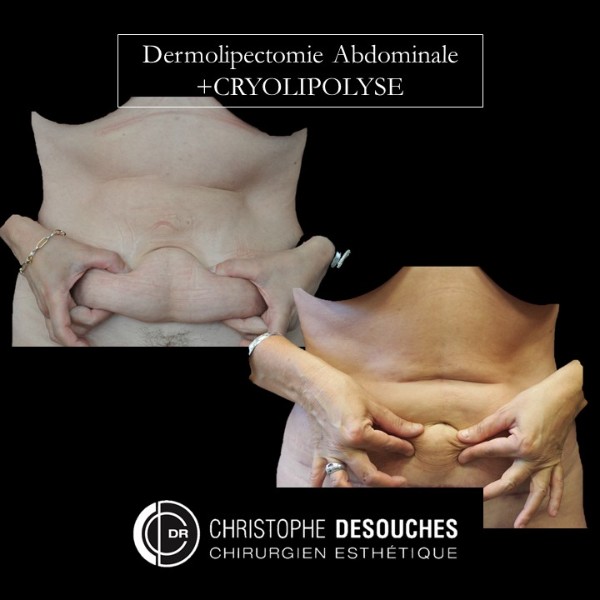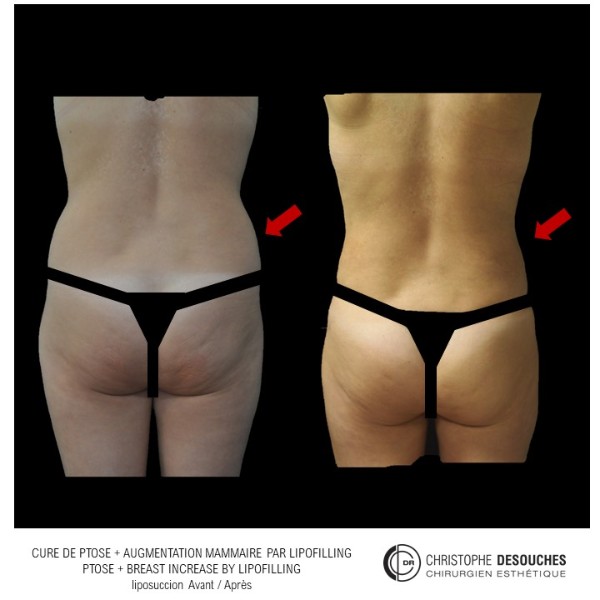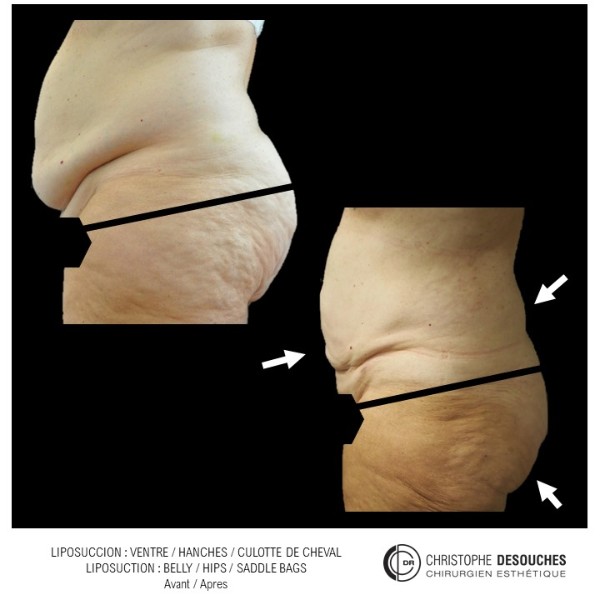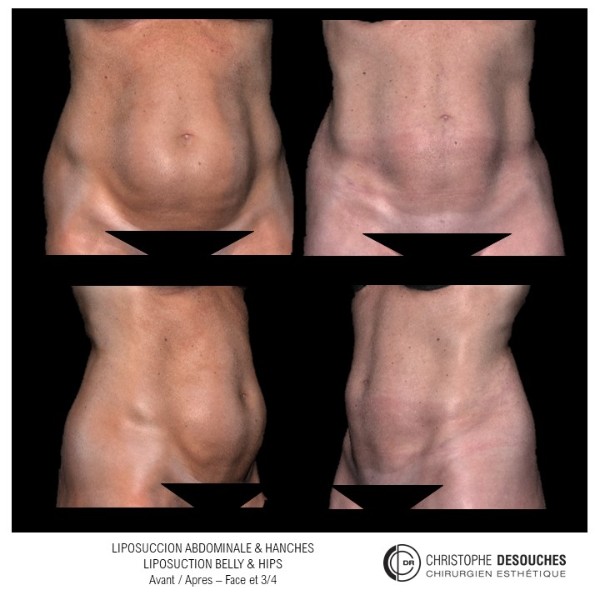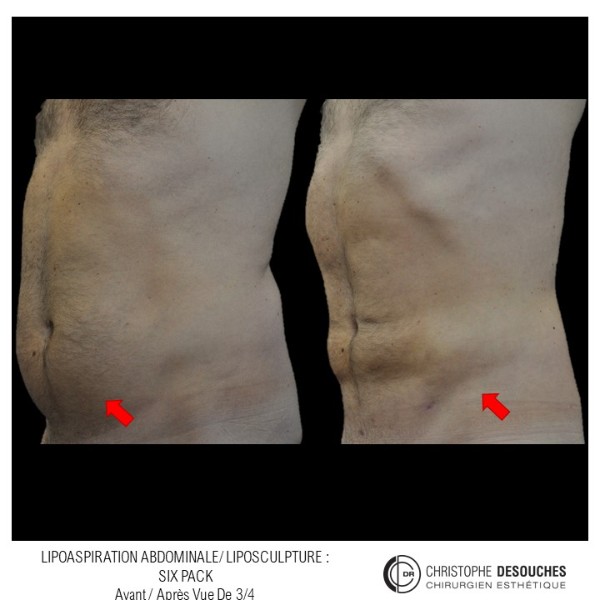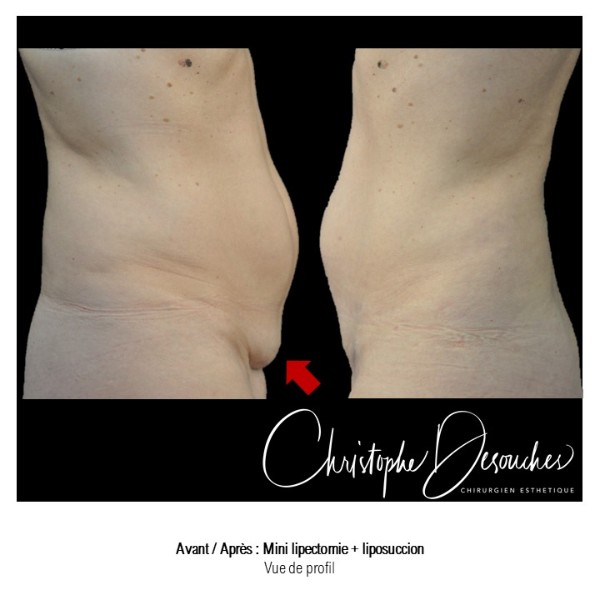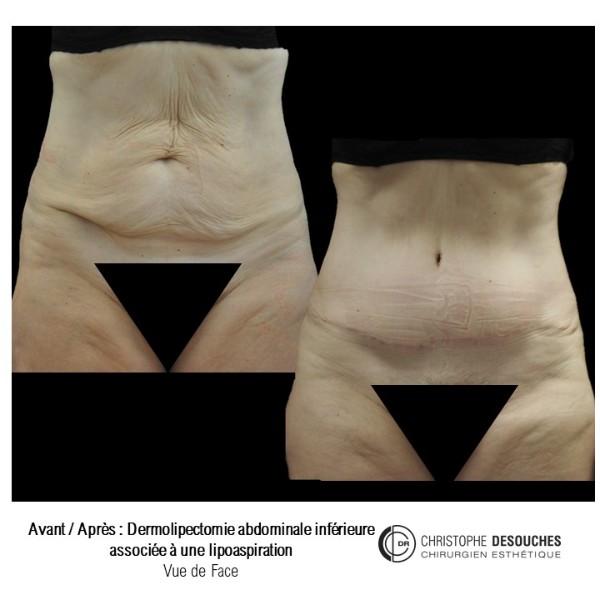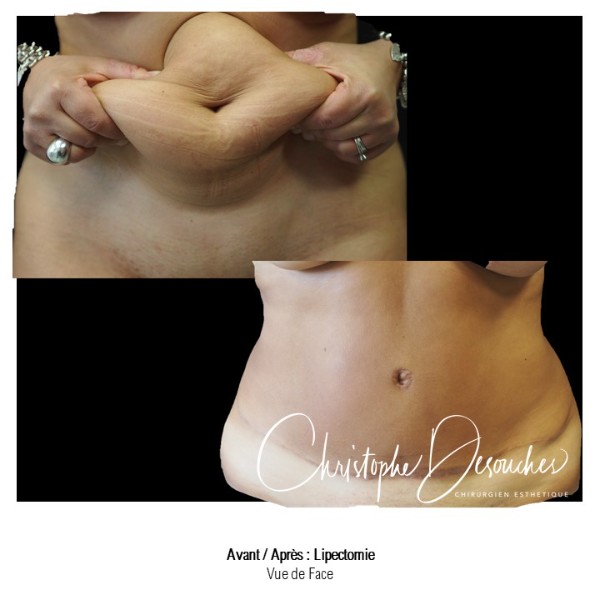Important information
Ce texte apporte des informations de base sur les principes et le déroulement d’une chirurgie d’augmentation de mollet par prothèse. La bonne compréhension du déroulement de l’intervention et du résultat attendu est indispensable avant d’envisager celle-ci. Il faut bien souligner que le but cette chirurgie est d’apporter une amélioration et non pas d’obtenir la perfection. Si vos souhaits sont réalistes, le résultat vous satisfera.
The initial consultation
La consultation initiale permet d’évaluer votre état de santé, de préciser les modalités de l’intervention et la localisation des futures cicatrices.
Il vous sera demandé d’arrêter totalement la consommation de tabac au moins un mois avant la date de la chirurgie.
Before surgery
Le médecin anesthésiste sera consulté moins d’un mois avant l’intervention. Aucun médicament contenant de l’aspirine ne devra être pris dans les 10 jours précédant l’intervention. Il est impératif de rester à jeun (ne rien manger ni boire) 6 heures avant l’intervention. Avant l’intervention et les deux jours précédents, un savon antiseptique sera utilisé pour la douche.
Le jour de l’intervention, il faut prévoir le temps suffisant pour arriver à l’heure prévue, sans stress excessif. Il est important de prévoir une personne qui puisse vous raccompagner à votre domicile après votre hospitalisation et qui vous aidera éventuellement les premiers jours suivant votre chirurgie.
L’intervention
Le principe est d’introduire par une incision une prothèse souple en avant du muscle du mollet appelé muscle jumeau. La prothèse est constituée d’une enveloppe de silicone et d’un produit de remplissage en gel de silicone. L’incision est réalisée horizontalement dans le creux poplité (le repli en arrière du genou). L’intervention est réalisée sous anesthésie générale. Une hospitalisation ambulatoire est généralement suffisante.
Après l’intervention
Vous pouvez ressentir une sensation d’inconfort et de fatigue pendant 2 à 3 jours.
The pain is usually relieved by conventional analgesics. Hospitalization is short-lived. The first dressing is made after 24 to 48 hours. If there is drainage, the drain will be removed at this time. The sutures are usually absorbable hidden in the scar and do not need to be removed. A break from your work for a period of one week is usually necessary depending on your physical activity. A 2-month suspension from any sporting activity is recommended. It is important not to expose the scar to the sun for at least 6 months and to protect it with a total screen after this period. The final result is assessed from the 3rd month.
Complications
Tout acte chirurgical même conduit avec compétence dans des conditions de sécurité maximale comporte un risque de complication. Il existe des risques de réaction à l’anesthésie.
Il faut savoir que les techniques anesthésiques, les produits employés et les méthodes de surveillance ont fait d’immenses progrès. Elles offrent une sécurité optimale, surtout quand l’intervention est réalisée en dehors de l’urgence et chez une personne en bonne santé mais elles comportent néanmoins des risques de complications graves. La survenue d’un hématome autour de la prothèse dans les premiers jours post opératoires peut amener à une nouvelle intervention. La survenue d’une infection est une complication rare. Elle apparaît le plus souvent dans les semaines suivant la chirurgie. L’implant doit généralement être enlevé. Il faudra attendre plusieurs mois avant qu’un nouvel implant puisse être mis en place.
The phenomenon of a fibrous capsule around the implant is a natural reaction of the body to a foreign body. In some cases this phenomenon is exaggerated and leads to a fixed appearance of the prosthesis. The appearance of this shell is unpredictable and may lead to a new intervention. Rupture of the prosthesis may appear after trauma or due to normal wear and tear of the prosthesis. This involves removal and replacement of the prosthesis. A displacement of the prosthesis is possible in the first month. In this case, a short intervention is preferable to reposition it.
Calf augmentation surgery leaves scars. The evolution of these scars is unpredictable and can be unfavorable with the occurrence of pigmentations, hypertrophy (red and inflammatory scar) or even keloids (indurated purplish bead). These scarring complications can compromise the aesthetic appearance of the final result. If a complication appears, close monitoring is necessary and compliance with the instructions is imperative.
Contactez le Docteur Desouches, chirurgien esthétique à Marseille afin d’avoir plus d’information sur l’opération d’agrandissement des mollets.

